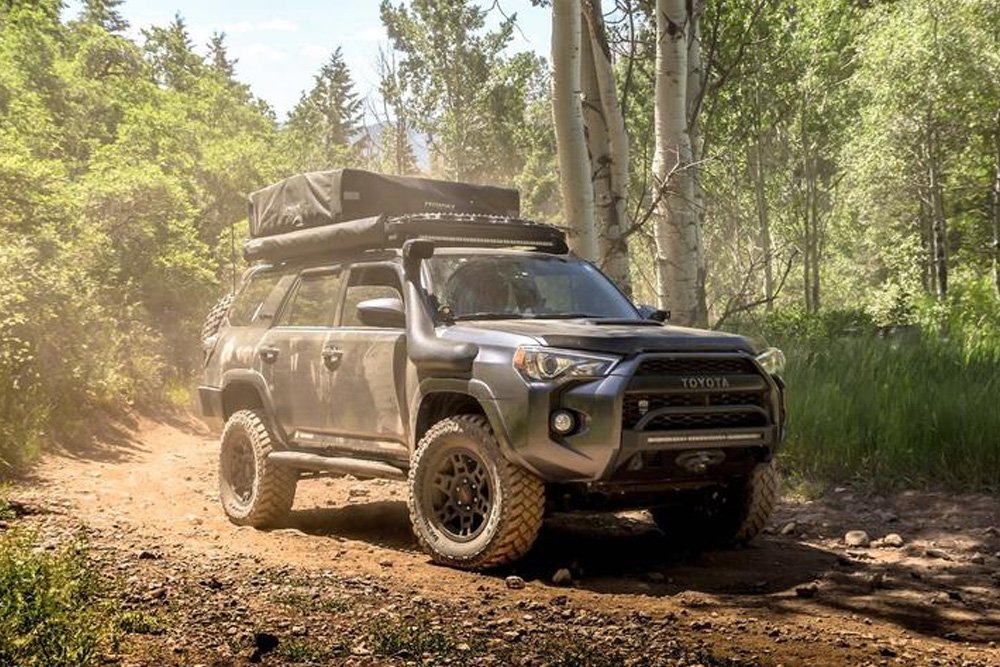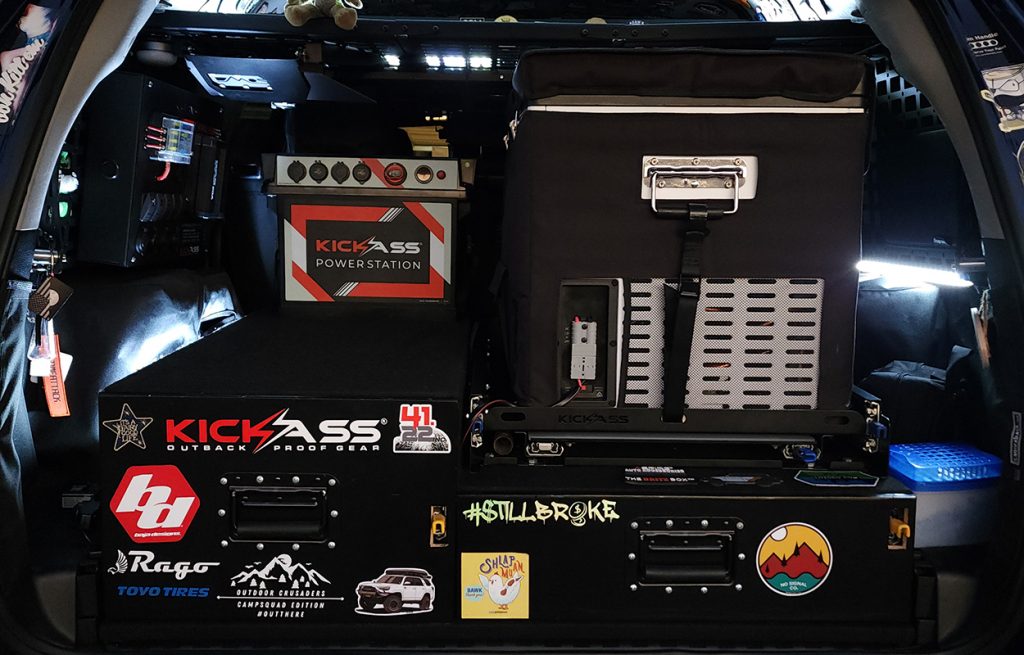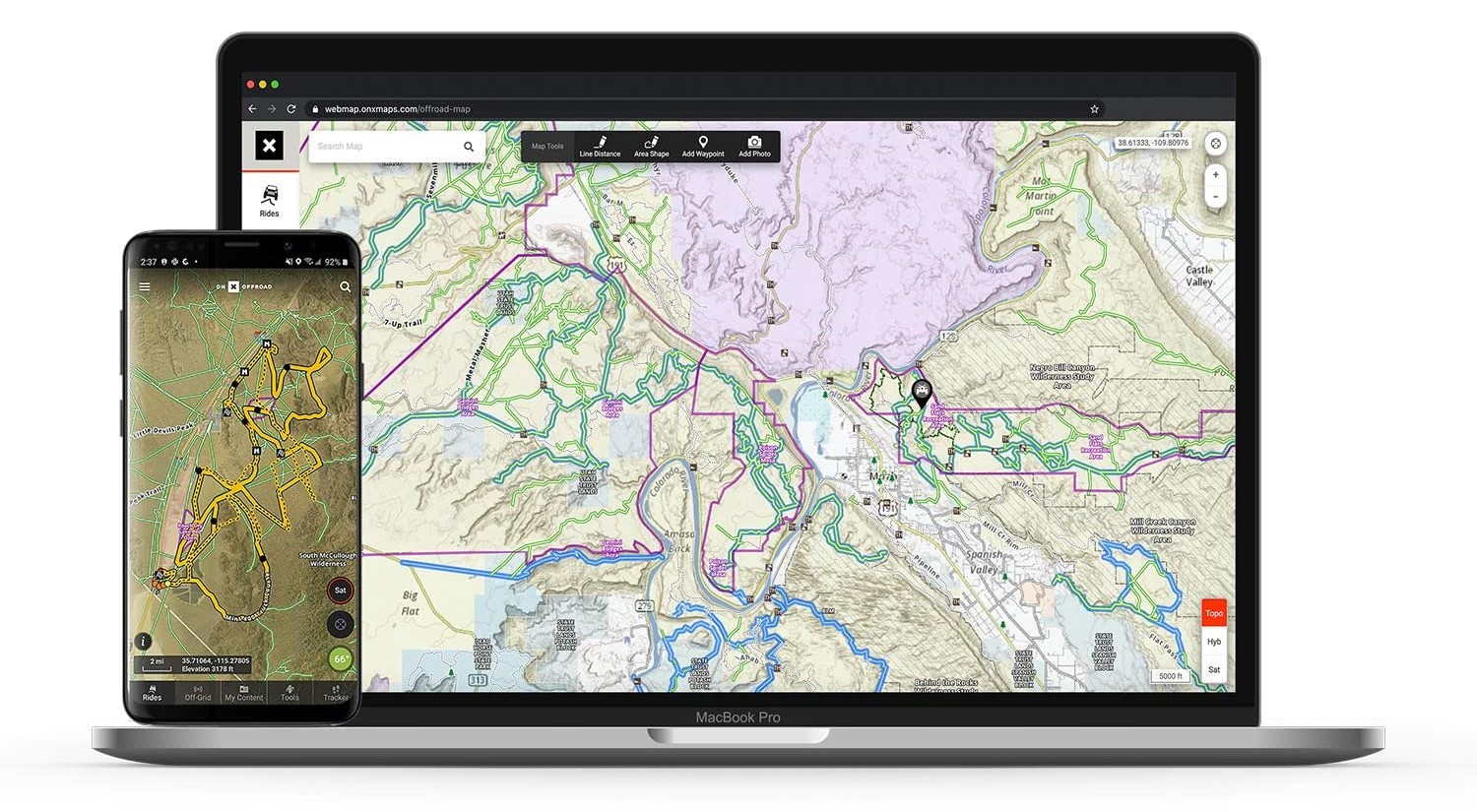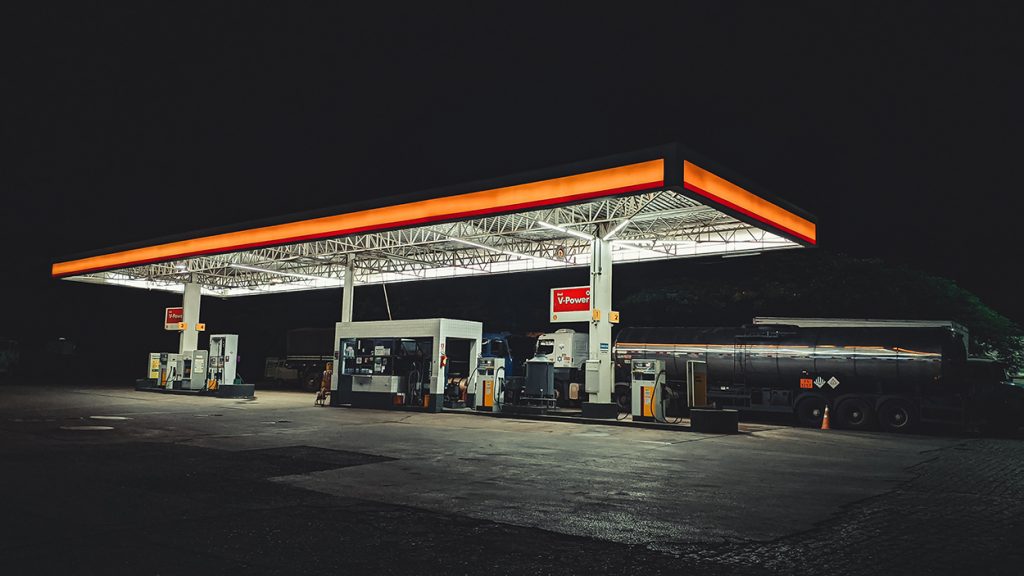
In all the years I’ve been hitting the trails in my 4Runner whether it was a short day trip or an extended overlanding adventure, I always worried about one thing, and it may surprise you. I do most of my trips solo and don’t usually don’t go out in groups because I like the freedom. It gives me the ability to do anything and go anywhere I want while exploring.
It’s not the dents, scratches, or even potentially breaking parts on my rig or getting a flat tire while on the trail that worries me. Those things are sort of expected and just part of the journey. With that said, nobody wants to break a CV axle or have a catastrophic part failure while off-roading; that just makes for a really bad trip. No, my primary concern while off-roading in the middle of nowhere is running out of gas on the trail.
Table Of Contents
Why This Should Be A Priority

You see, my 4Runner is already a gas hog; add 100-degree SoCal desert heat, a ton of weight in gear, and aired-down tires, and I’m lucky to be getting around 10-11 MPG while off-road.
Sure, someone will probably come along at some point to offer you a bit of their fuel, but nobody wants to be that guy. You know, the guy who failed to plan his trip properly and ran out of gas. Broken parts are sometimes unavoidable but running out of gas if you plan your trip well, absolutely is avoidable.
Below is my list of 5 simple ways to save fuel and increase fuel efficiency while off-roading or overlanding. Several of them are common sense while one is a slightly controversial suggestion that you may not completely agree with me on.
1. Decrease Rig Weight

This is absolutely my number one recommendation and a huge impediment to fuel efficiency. Everybody loves to be geared up, I know I do. However, it might serve you better to plan out your gear based on the trip.
Of course, you may want a little extra water, and maybe even some layers of extra clothes. Perhaps even a jacket just in case you end up stranded overnight. Planning your trip and taking only essential gear should decrease overall weight and may have a dramatic impact on overall fuel efficiency.
2. Air Down Only When Needed

This one may be slightly controversial for some of you die-hard off-roaders who always air down for maximum traction and comfort. Don’t get me wrong, I highly suggest airing down when needed. However, just like driving on road with fully aired-up tires helps, the same holds true off-road.
If you plan on just doing a simple forest service road and you’re not too worried about traction or a slightly bumpier ride, consider running with fully aired-up tires. Or, maybe even just slightly aired down as a compromise. I can’t tell you how many times I’ve hit simple trails on a day trip with fully aired-up tires simply because I didn’t want to take the time after the trail to have to air back up.
Yeah, call me lazy, but I’ve probably averaged 13-14 MPG on that trail. Not too bad for a loaded-down 4Runner with body armor!
3. Stay In 2WD When Possible

You can always shift into 4-Hi or 4-Lo and lock differentials on the fly when the trail requires it. Keeping your rig in 2WD for most vehicles will keep your differentials, or diffs open and will reduce the friction on gears. This reduces heat, which is a source of energy loss that results in a decrease in fuel efficiency.
What I’ve found is that on most of the mild trails in SoCal, if you have a decent amount of ground clearance, you will do just fine. You may be surprised by how much your rig can do even in 2WD and keeping it there for as long as possible may save you as much as 1-2 MPG during your trip.
4. Preplan Your Route

This one may be another one of those obvious suggestions, but you’d be surprised at how many people just head up to the trail without much planning.
Now don’t get me wrong, I’m always up for an impromptu road trip. However, if you’re going to be out in a desolate area for a while and may not come across other drivers, you’ll want to do a little more planning with regard to your route, stops, and way-points. Ultimately, you should map out locations where you can grab fuel close to the trailheads that you intend on traveling.
Here are some quick tips about route planning:
- Assume a conservative MPG to start with. For me, that’s probably 10 MPG.
- Map out your route including to and from the trailhead and the trail itself. Try and pick the most efficient route, when possible, to decrease backtracking, etc.
- Where are the gas stations closest to the trailhead, and the trail’s end?
- What is the total planned distance in miles you intend on traveling between gas stations? Assume a 20% increase here in case you are forced to backtrack or go a different way because of a closed road.
- Lastly, don’t forget about the time you may spend out of your vehicle or idling as you inspect a trail for feasibility or the proper line to take. For example, if you take 10 minutes to inspect a trail, you’re burning extra gas. The little things all add up.
5. Maintenance & Good Driving Habits

This last suggestion is also right in line with what I’d suggest for driving on-road.
First, be sure your vehicle is in good running order; meaning recent oil changes, a clean air filter, a fuel filter, and a good flowing exhaust system. You may also want to consider using a higher-octane fuel while off-roading. This is exactly what I do when towing. Sure, the gas costs a bit more, but it also burns more efficiently and should bump up your average MPG.
You get a double benefit here with a slight negative in increased fuel cost per gallon. Those benefits are a potential increase in power with higher octane fuel (which never hurts while off-roading) and a more efficient fuel burn with a higher-octane count.
Here are a couple of honorable mentions that may also help to increase fuel efficiency while out on the trails:
- Maintain proper acceleration – don’t drive “pedal to the metal”. Besides wasting fuel, it also risks damaging your rig on the trail.
- If it’s a warm day, open your windows instead of running the A/C. It is surprising how much more efficiently your engine runs when it does not have to drive your A/C motor/belt as well.
Final Thoughts

With gas prices still soaring, especially here in SoCal, I hope you’ve found some value in my suggestions above. They’re my top 5 tips for increasing fuel efficiency and saving money on gas while off-roading that I personally practice.
With that, enjoy the trails, and don’t be afraid to get out and have some fun; even in the midst of rising fuel prices. As long as you plan accordingly, it should soften the hit to the wallet.
Just in case though, you may want to consider carrying a small amount of extra gas with you as a precaution like in a Rotopax 2-gallon container. It offers just the right amount of insurance in case something unexpected happens on the trail. Plus, you may just end up helping that guy who didn’t plan ahead!
Leave no man behind and leave no trace – please leave the trails nicer than you found them for the next adventurer.

On the subject of airing down: it’s not just for better traction and comfort, aired down tires cause less trail damage ie: washboard roads and deepening ruts. If we support “tread lightly” then we should all be airing down every time we hit a dirt trail. If airing up is too much of an inconvenience stay home and play video games.
Oiled filters dirty the MAF sensor . I picked up 1.7 mpg by cleaning. Now I do it at every oil change.
I would also add to notice the weight of tires you buy. Don’t buy a heavier tire than you need for conditions. Tire weights can vary over 20 lbs. per tire.
Great point. You gotta have an LT tire but most of us don’t need 8/10 ply D/E tires. C rated LT tires will often be plenty sturdy.
you get what you vote for.. P.S move from Cali
Great article, Thomas! Something else to consider if you’re between trips is to limit how much extra gear you have on the outside of your rig. The added boxes, tents, awnings, etc hanging on the top or side of your rig increase the drag of your 4runner.